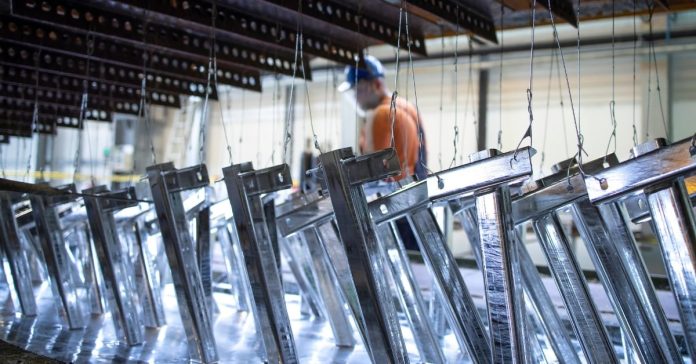South Africa’s glass industry is entering one of its most key transitions yet, as demand for locally produced container glass is projected to rise from roughly 2 100 kilotons in 2025 to about 2 580 kilotons by 2030. With a growth rate of just over 4%, manufacturers are being pushed to confront an old challenge with new urgency: how to expand production while cutting emissions in one of the country’s most energy-intensive industrial sectors.
Glass manufacturing relies on furnaces that routinely operate above 1 600°C, drawing heavily on South Africa’s strained electricity system and contributing significantly to the industry’s carbon footprint. For a sector deeply tied to the food, beverage, automotive, pharmaceutical, architectural, and electronics markets, the pressure to modernize is no longer driven only by efficiency targets, it is now a question of long-term sustainability.
As global buyers introduce stricter procurement standards, and South Africa advances its own decarbonization commitments under the Just Energy Transition framework, the country’s glass manufacturers find themselves at a crossroads between competitiveness and environmental responsibility.
Read also: ECOWAS finalizes revised mineral policy: West Africa targets sustainable value chain integration
This backdrop has placed renewed attention on parts of the production chain that rarely make headlines but quietly determine whether the industry can reduce energy use at scale. Among them is lubrication technology. While often overshadowed by conversations about furnace upgrades or recycling rates, the way machinery is lubricated directly influences friction, heat intensity, equipment lifespan, and the energy required to keep production lines moving. In a country where energy reliability is uncertain and electricity costs continue to rise, reducing friction becomes a strategic form of climate and economic resilience.
FUCHS LUBRICANTS SOUTH AFRICA, a long-standing player in industrial lubrication, has positioned its VITROLIS range as part of the solution. The formulations are engineered for extreme thermal environments, allowing machinery to operate with less resistance and fewer breakdowns.
In practical terms, this means conveyor belts, shears, molds, and cutting equipment can run at high speeds without degrading prematurely, an issue that historically forces factories into costly shutdowns for maintenance. By reducing wear and extending the life of critical components, manufacturers cut both their operational emissions and their reliance on frequent imports of replacement parts, which adds another layer of carbon intensity in the form of transport.
The sustainability implications extend beyond efficiency gains. Across Africa, glass producers in countries such as Egypt, Nigeria, Kenya, and Morocco face mounting pressure to align with global decarbonization pathways. Egypt, which houses one of the continent’s largest container-glass clusters, has seen energy costs rise by more than 20% over the past three years.
Nigeria’s major bottling and packaging firms have confronted repeated production disruptions linked to power shortages. Kenya’s beverage sector is under regional scrutiny as East African governments push for greener manufacturing standards. In each case, incremental improvements in machinery efficiency translate into the ability to stabilise production under challenging conditions.
Lubrication technology rarely features in sustainability dialogues, yet its impact is felt in the metrics that matter: reduced electricity draw, lower emissions per ton of glass produced, and machinery that lasts long enough to justify the capital invested. With the VITROLIS portfolio spanning release agents, high-temperature oils, swabbing compounds, coatings, and grinding fluids, FUCHS is directly involved in the daily operations that determine whether glass flows smoothly from furnace to forming line.
For manufacturers/partners who understand local constraints, whether erratic power, fluctuating raw material costs, or demanding supply chains, become essential in stabilizing output.
South Africa’s glass sector remains a significant employer and contributor to domestic manufacturing GDP. As production scales to meet rising demand from food and beverage packaging, construction materials, pharmaceuticals, and exports into the SADC region, the country’s climate commitments will increasingly shape the pace and nature of industrial growth. Every advancement that allows machinery to operate with less heat loss or fewer stoppages helps close the gap between high-temperature production and a lower-carbon future.
What emerges from this transition is a clearer understanding of how sustainability works in practice. It is not only about renewable energy or recycling cullet, though both remain critical; it also depends on the smaller, often overlooked technologies that reduce energy waste at the point where production is hottest and most resource-intensive.
Lubricants, in this context, become an enabling technology, one that quietly supports the entire value chain by ensuring that heat, movement, pressure, and speed are balanced in a way that conserves energy rather than expending it.
As global markets sharpen expectations and African industries confront structural energy constraints, South Africa’s glass manufacturers are finding that the path to long-term resilience lies in cumulative gains.
Engage with us on LinkedIn: Africa Sustainability Matters






